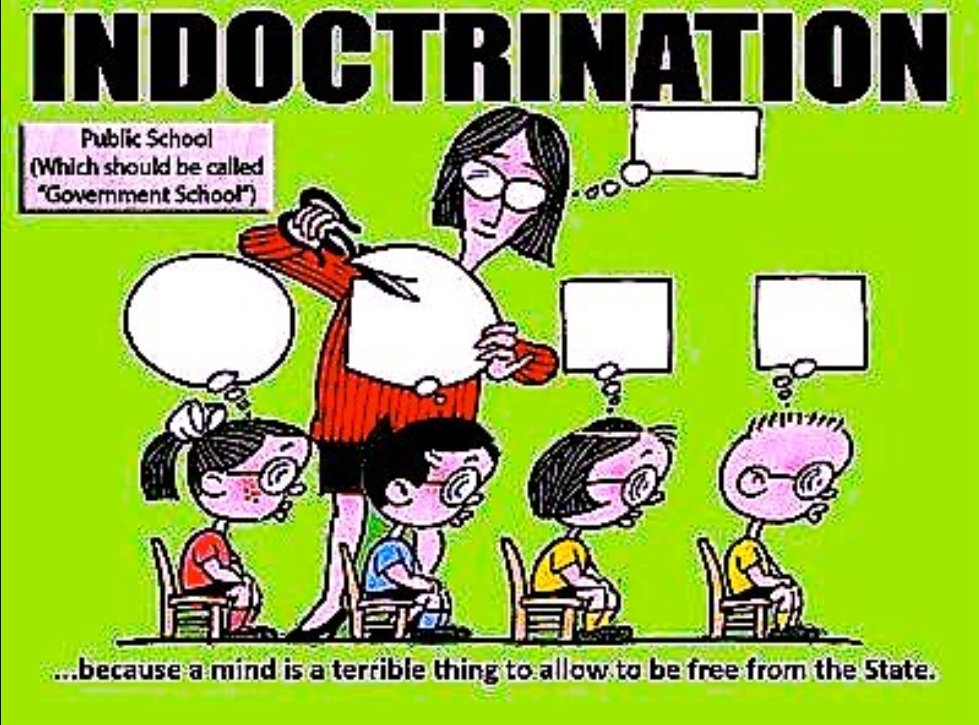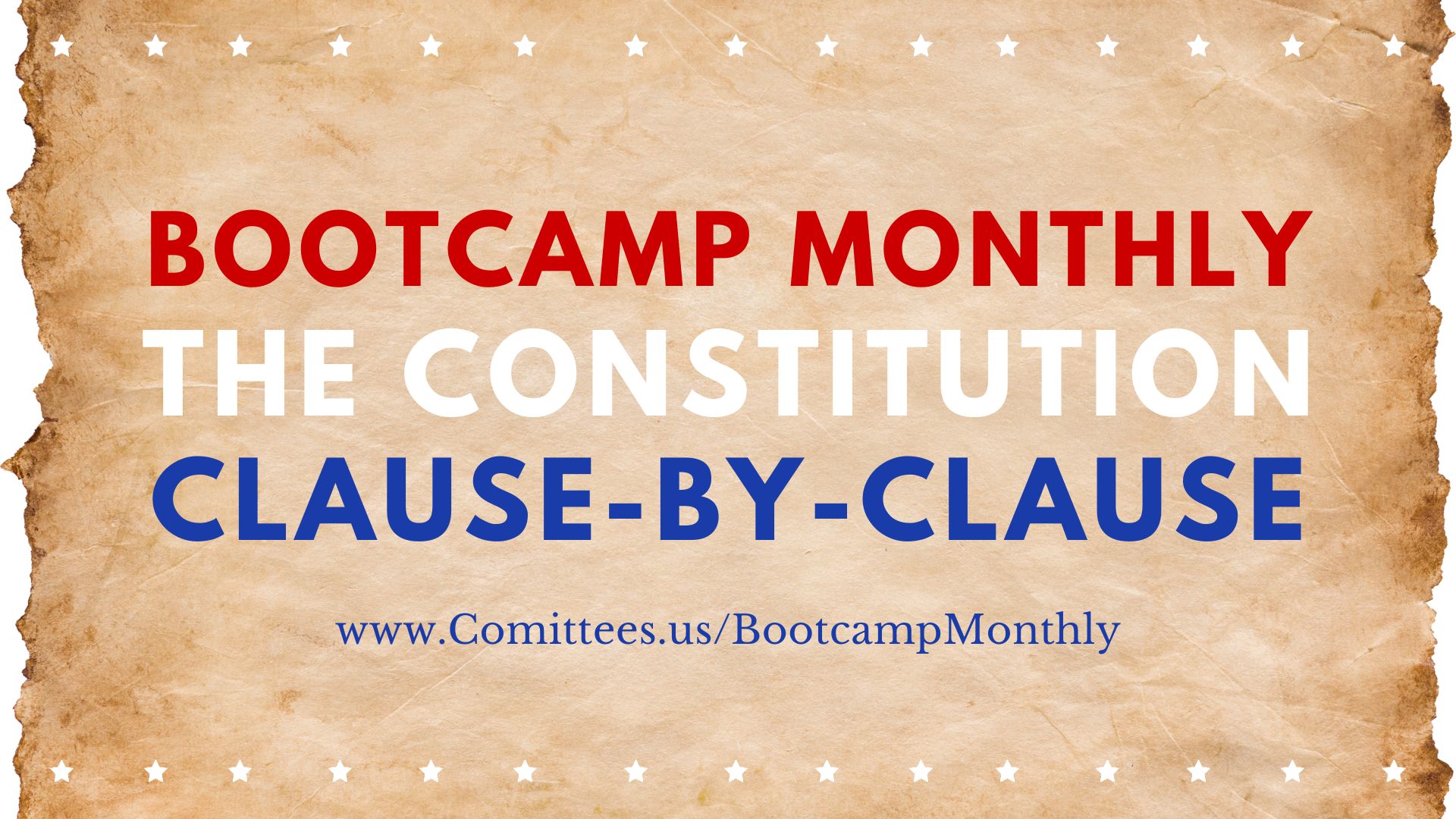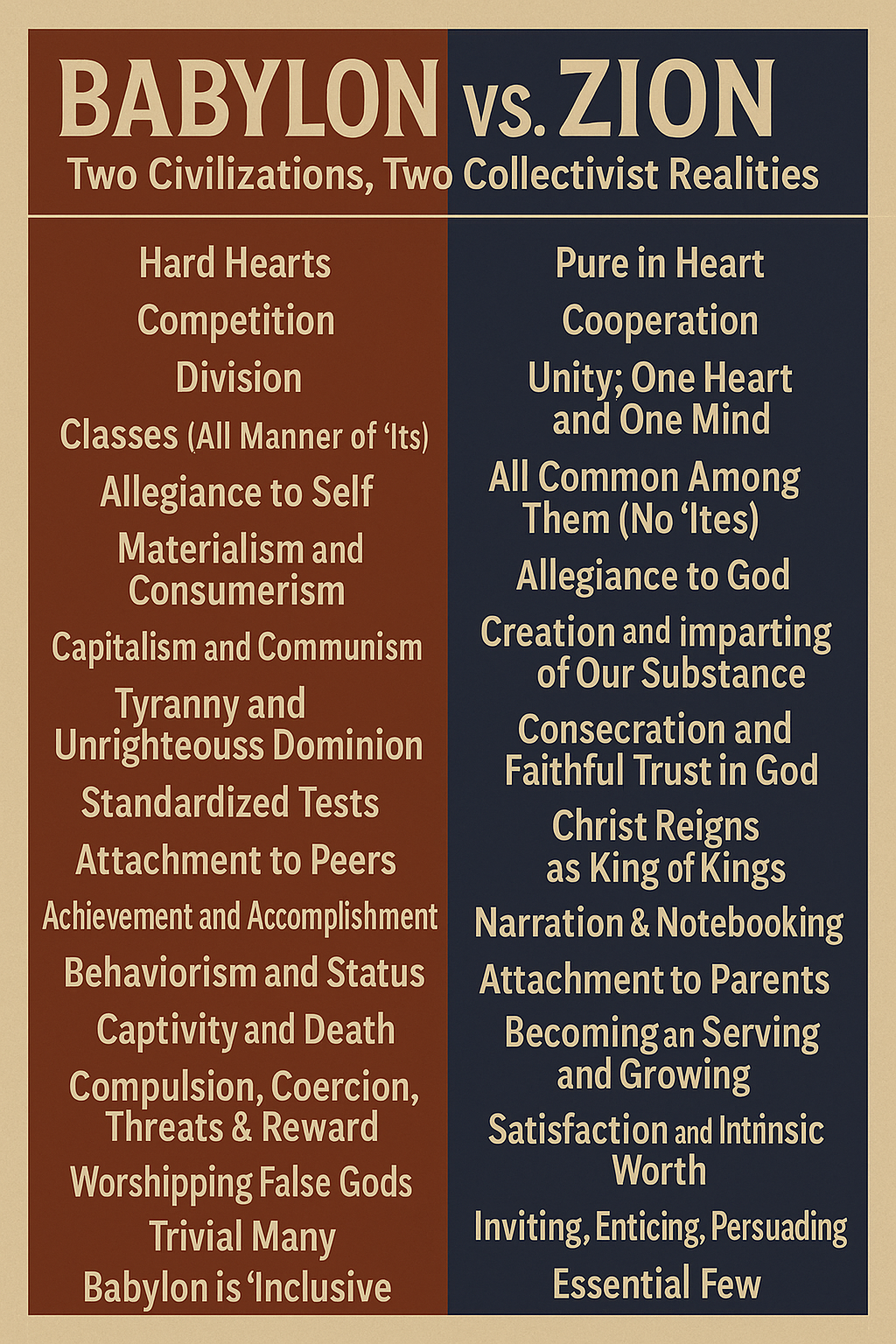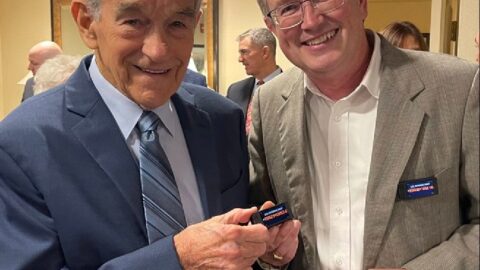We Are What We Consume: Neural Pair Bonding and the Power of Indoctrination, Misinformation, and Propaganda
Introduction: The Power of Consumption and Programming
Human beings are not only physical creatures but emotional, psychological, and spiritual beings. What we consume—whether it’s food, media, ideologies, or relationships—shapes our identities, beliefs, and behaviors. Just as our physical health depends on our diet, our emotional, psychological, and spiritual health depends on the “mental diet” we consume.
Modern society bombards us with indoctrination, misinformation, and propaganda through media, social networks, education systems, and cultural norms. These forces exploit our neural pair bonding mechanisms, creating emotional attachments to people, places, and things that may not be in our best interest.
Neural Pair Bonding: The Science Behind Attachment
Neural pair bonding refers to the brain’s ability to form connections and attachments through repeated exposure and emotional reinforcement. Key neurochemicals—dopamine, oxytocin, vasopressin, and serotonin—play a role in creating these attachments.
- Dopamine: Rewards us for behavior, creating a sense of pleasure and reinforcing habits.
- Oxytocin: Builds trust, bonding, and loyalty.
- Serotonin: Influences mood and emotional stability.
- Vasopressin: Encourages long-term commitment and protective instincts.
When these chemicals are triggered repeatedly by certain stimuli—be it celebrities, material possessions, ideologies, or social causes—we form deep neural and emotional bonds to them.
Example: The excitement from buying a luxury product (dopamine), the sense of belonging from supporting a political figure (oxytocin), or the emotional attachment to a celebrity’s journey (serotonin).
Indoctrination, Misinformation, and Propaganda: The Tools of Control
a. Indoctrination
- Indoctrination involves teaching individuals to accept beliefs uncritically, often starting at a young age.
- Educational systems, media outlets, and cultural traditions can instill values, beliefs, and narratives that people accept without questioning.
Example: A school curriculum that subtly promotes certain ideologies while discouraging critical thinking.
b. Misinformation
- Misinformation is false or misleading information spread without malicious intent but still causes harm.
- Social media algorithms amplify misinformation, making it viral and emotionally engaging.
Example: Fake health trends or viral conspiracy theories.
c. Propaganda
- Propaganda is intentionally biased information designed to manipulate public opinion and behavior.
- It uses emotional appeals, repetition, and authoritative figures to bypass critical thinking.
Example: Political campaigns, celebrity endorsements for products, or social movements driven by emotional slogans rather than facts.
How Neural Pair Bonding is Hijacked by These Forces
a. People (Celebrities, Athletes, Politicians, Influencers)
- Celebrities and influencers become symbols of success, beauty, or rebellion.
- Our brains form attachments to these figures through repeated exposure, emotional storytelling, and parasocial relationships.
- We begin to trust their opinions, buy their endorsed products, and mimic their behaviors, often unconsciously.
Example: A celebrity endorsing a lifestyle brand creates a bond with fans, making them feel emotionally connected to the product.
b. Places (Consumerism, Materialism, Socialism)
- Certain places, both physical (like malls, luxurious destinations) and ideological (like utopian social visions), trigger emotional connections through repeated narratives and promises of satisfaction.
- Consumerism and materialism promise happiness, status, and fulfillment through the acquisition of goods.
- Ideological movements (e.g., extreme forms of socialism or nationalism) offer a sense of belonging and purpose.
Example: Shopping malls designed to keep consumers engaged longer with appealing music, lighting, and marketing messages.
c. Things (Products, Trends, Symbols)
- Objects and symbols (e.g., smartphones, logos, luxury items) become emotional extensions of identity.
- Marketing exploits our neural pair bonding by associating products with emotions, status, or aspirational goals.
Example: A smartphone commercial doesn’t just sell the device; it sells connection, innovation, and status.
Consequences of Hijacked Neural Pair Bonding
a. Emotional Manipulation
- We become emotionally attached to ideas, products, or figures that may not serve our true well-being.
- Fear, anxiety, and pleasure are manipulated to drive behaviors such as voting, purchasing, or conforming.
b. Loss of Critical Thinking
- Emotional attachments override logic and reason, making individuals susceptible to propaganda and misinformation.
- Cognitive dissonance arises when evidence challenges strongly bonded beliefs, causing discomfort and defensiveness.
c. Spiritual and Psychological Fragmentation
- Excessive attachment to material possessions, celebrities, or ideologies can replace spiritual connection, self-awareness, and inner peace.
- People may feel empty, dissatisfied, or perpetually anxious despite acquiring the things they were told would make them happy.
Breaking Free: Detaching from Manipulation
a. Awareness and Education
- Understanding how neural pair bonding works and recognizing emotional triggers can help individuals regain control.
- Teach critical thinking, logical reasoning, and discernment.
b. Detox from Overstimulation
- Limit exposure to social media, commercial advertisements, and biased news outlets.
- Take regular breaks to reconnect with nature, loved ones, and personal hobbies.
c. Prioritize Spiritual and Emotional Health
- Build connections with faith, community, and values grounded in principles rather than transient emotions.
- Spiritual practices, such as prayer, meditation, and reflection, can reset emotional attachments.
d. Build Real Relationships
- Prioritize face-to-face human connections over digital ones.
- Value relationships based on trust, honesty, and shared experiences.
Conclusion: Reclaiming Our Minds and Hearts
The battle for our minds, emotions, and spirits is fought on the fields of indoctrination, misinformation, and propaganda. Neural pair bonding, a natural biological process designed to foster connection and intimacy, can be hijacked to make us slaves to systems, ideologies, and products.
But awareness is the first step to breaking free. By understanding how our brains form bonds and how those bonds are manipulated, we can choose what and who we attach ourselves to consciously.
In a world driven by noise and distraction, we must intentionally cultivate emotional, psychological, physical, and spiritual connections that align with truth, integrity, and purpose.
As Morpheus said in The Matrix:
“Free your mind.”







